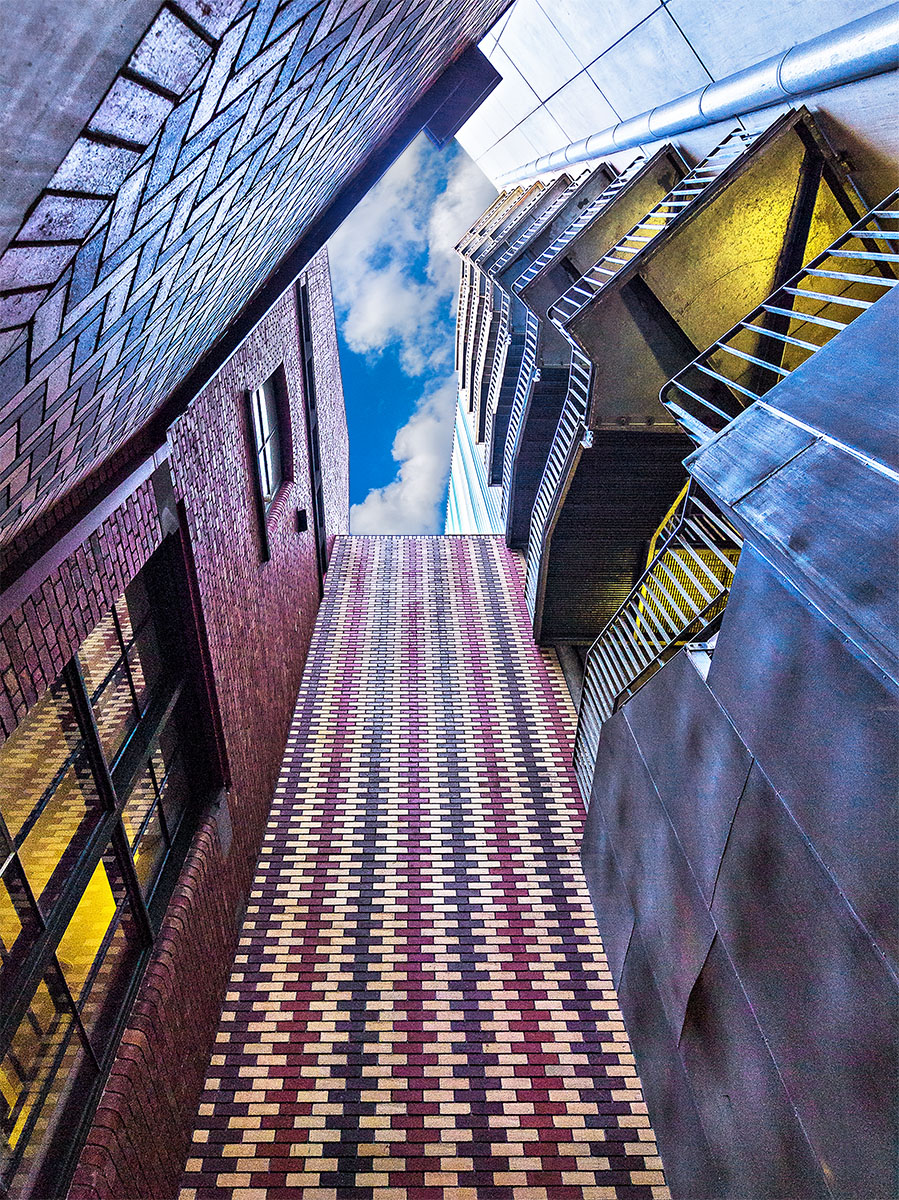RMIT University opened its doors in 1887 as the Working Men's College of Melbourne. Funded by pastoralist, politician and philanthropist Francis Ormond, it offered technical education to 320 men to support the industrialization of Melbourne in the late 19th century. From this modest beginning it has grown into the largest tertiary institution in Australia with more than 80,000 vocational, undergraduate and postgraduate students enrolled in a wide variety of business, technology and design disciplines.
The foundation campus - now one of many - is located in central Melbourne and has grown dramatically in recent years in an effort to keep up with the increasing demand for tertiary education places. The original site in La Trobe Street with its many heritage buildings is surrounded by newer constructions in a bewildering array of architectural styles. As they compete for the limited space available, they begin blending into one another in ways that are sometimes harmonious and sometimes jarring. It has appropriated parts of the Old Melbourne Gaol and Magistrate's Court as the justice system abandoned them in search of more modern accommodation and even taken over the derelict Capitol Theatre building to make room for its ongoing expansion. When you add suburban, country and even international campuses, the expansion shows no sign of slowing down.
Not too bad for a humble working man's college.



